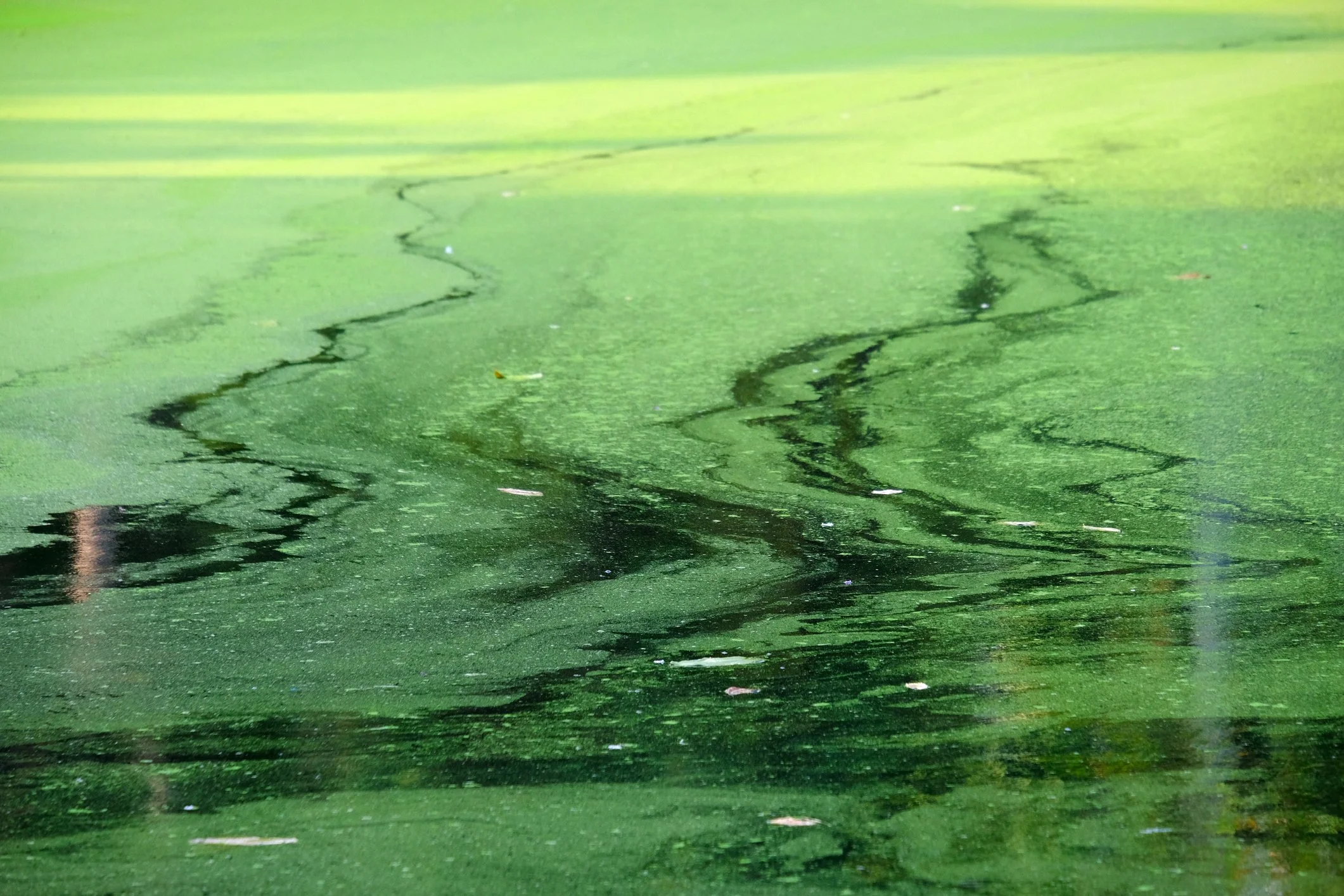Articles & Publications
Technical Papers, Resources & Publications
Radio Active Elements Treatment
Preliminary work conducted by researchers at Southern Cross University in Australia using MicroShield and a theoretical radioactive source to determine the potential of BRM to shield radioactive elements found a concrete thickness of 85 cm (34”) reduces exposure from the radioactive source to an acceptable level (Maher, Clark, Harrison and Payne, 2009). However, with the addition of Virotec’s BRM to the concrete shield, the thickness can be reduced to between 64 cm (26”) and 73 cm (29”), up to a reduction of 25%, depending on the ratio of BRM to concrete.
Remediating Contaminated Mine Sites using ViroMine Technology
Perfluorooctane sulfonate (PFOS) and perfluorooctanoic acid (PFOA) are toxic, persistent and bioaccumulate in the environment. PFOS and PFOA are extremely persistent in the environment, resistant to typical environmental degradation processes and therefore, posing potential adverse effects for the environment and human health. Due to its nature, PFOS were included in the 2009 Stockholm convention on persistent organic pollutants (POPs).
VIROTEC TREATMENT CAPABILITIES OF PFOS and PFOA
Virotec’s technical department has conducted successful trials on impacted soils, sediments and water from various site locations in Australia and overseas. Results demonstrated a > 99% reduction in PFOS and PFOA and heavy metals.
The treatment methodology applied is a one single stage, cost effective process that will deal with POPs as well as heavy metals in soil, sediments and water.
Treatment of PFAS in soils, sediments and water using ViroLock Reagents
Perfluorooctane sulfonate (PFOS) and perfluorooctanoic acid (PFOA) are toxic, persistent and bioaccumulate in the environment. PFOS and PFOA are extremely persistent in the environment, resistant to typical environmental degradation processes and therefore, posing potential adverse effects for the environment and human health. Due to its nature, PFOS were included in the 2009 Stockholm convention on persistent organic pollutants (POPs).
VIROTEC TREATMENT CAPABILITIES OF PFOS and PFOA
Virotec’s technical department has conducted successful trials on impacted soils, sediments and water from various site locations in Australia and overseas. Results demonstrated a > 99% reduction in PFOS and PFOA and heavy metals.
The treatment methodology applied is a one single stage, cost effective process that will deal with POPs as well as heavy metals in soil, sediments and water.
Reclassification of Solids Using Virotec’s Reagents
The reagents used in Virotec’s Platform Bauxsol Technology have several remarkable characteristics that make them ideal for environmental remediation on land and in water. They have an excellent heavy and trace metal binding capacity, and equally importantly, metals that are bound when the material is used to treat contaminated water or soil are held very tightly and only a small proportion can be released, even if the solid residue is leached at a pH of 2.88 (TCLP procedure).
Acid Sulfate Soil Treatment with ViroSoil
ViroSoil Technology, provided by Virotec, has the remarkable ability to neutralise acid and remove heavy metals from soil across a wide range of applications.
This remarkable technology can be applied to economically treat acid sulfate soils and marine clays to:
Permanently neutralise acid;
Trap trace metals and prevent leaching; and,
Enhance nutrient retention capacity and promote vigorous plant growth.
Chemistry of ViroFlow Technology
The wastewater produced from the electroplating industry is characterised by high metal concentrations. It is necessary for electroplating plants to ensure their wastewater systems are capable of effectively removing these high metal loadings.
The Long Term Stability of Virotec Reagents
The reagents used in Virotec technology have several remarkable characteristics that make them ideal for environmental remediation on land and in water. They have an excellent trace metal and metalloid binding capacity and, equally importantly, elements that are bound when the material is used to treat contaminated water or soil are held very tightly and only a small proportion can be released, even if the solid residue is leached at a pH of 2.88 (TCLP procedure). Furthermore, the longer the spent Virotec reagents are left to age after use, the more tightly the bound elements are held. As the residue ages some new metal-trapping capacity develops.
ViroPhos Technical Paper
Side by Side Evaluation of Four Level Spreader–Vegetated Filter Strips and a Swale in Eastern North Carolina—Published by the American Society of Agricultural and Biological Engineers, St. Joseph, Michigan








